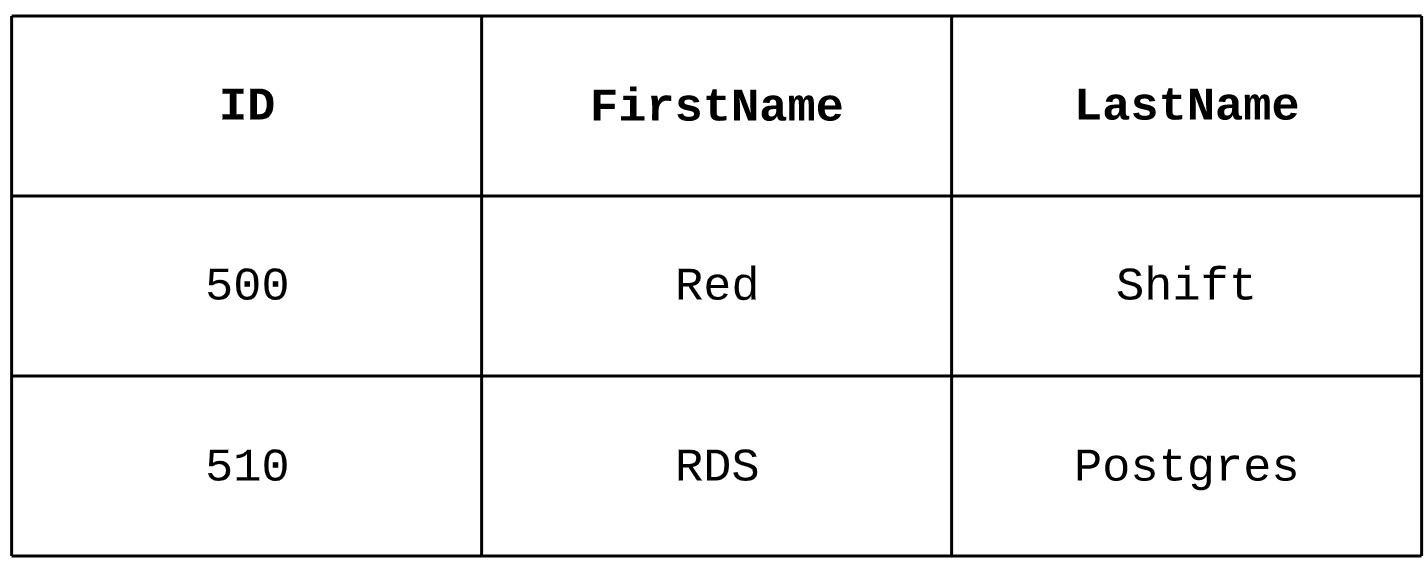
It is used to order the data when storing it on the hard drives, so it has a tremendous influence on query performance.To view the sort key of a table, query the SVVTABLEINFO system catalog view. For more information about SORTKEY AUTO, see CREATE TABLE. The orderitems sort key was created on the placedat column, since we tend to look at a lot of our data month by month. There is always only one sort key (however, we can use a compound key with multiple columns). If Amazon Redshift determines that a new sort key will improve the performance of queries, then Amazon Redshift might change the sort key of your table in the future.

A table with interleaved keys arranges your data so each sort key column has equal importance. For us, the essential information is that: New Interleaved Sort Keys For fast filter queries without the need for indices or projections, Amazon Redshift now supports Interleaved Sort Keys, which will be deployed in every region over the next seven days. Of course, that requires reorganizing the underlying data files, but that technical detail is handled automatically by AWS. Note that it is possible to change the SORT KEY later. If you need to frequently filter/range based on a certain column, specify that column as the sort key. To determine which column(s) will be the best to use as the sort key, take a look at the Redshift best practices. If you need to query recent data frequently, choose your timestamp as the sort key, this will enable Amazon Redshift to easily skip all those columns that do not fall in your time range. Because the sort key is a technical concept that influences even the order of data on the hard drives, we provide it as a part of the table definition. The second issue is the fact that we have to define the sort key at the time when we create the table. When I connect to Redshift via DataGrip (and Pycharm Pro) to look at the tables in my cluster I am not able to see what, if any sort key is defined on the. Both types support specifying multiple columns as the sort key. Supported sort key types are compound and interleaved. Such a limitation exists because Redshift will use that sort key to order the data stored in the underlying files, and, of course, there can be only one way to order it. Redshift usage sort keys to store data on disk in sorted order. First of all, we can have only one sort key per table. There are, however, a few issues related to sort keys. Instead of that, we can define a sort key. It is so because Redshift uses columnar storage, standard row indexing techniques are not applicable.

At least not the ones we use in relational databases. As a result, automatic compression will choose a less efficient compression encoding to keep the sort key columns balanced with other columns. This article is a part of my "100 data engineering tutorials in 100 days" challenge.


 0 kommentar(er)
0 kommentar(er)
